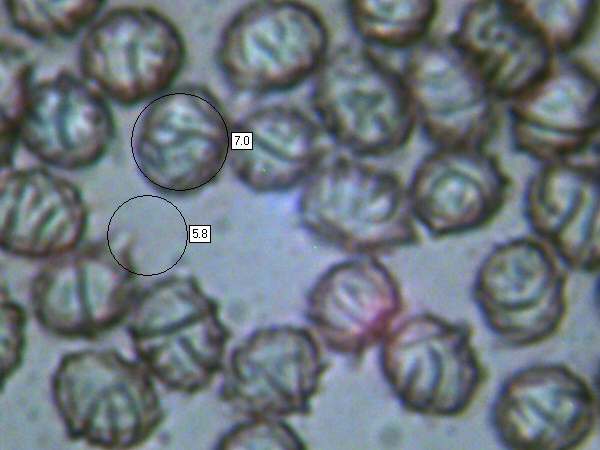Lactarius blennius (Fr.) Fr. - Beech Milkcap
Phylum: Basidiomycota - Class: Agaricomycetes - Order: Russulales - Family: Russulaceae
Distribution - Taxonomic History - Etymology - Identification - Culinary Notes - Reference Sources
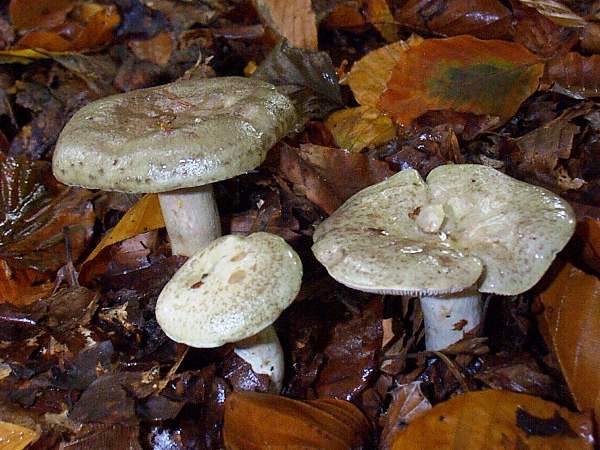
Not all milkcaps are attractive; some have drab or even leaden colours. Among the most common and uninspiring of these is Lactarius blennius, a rather slimy milkcap found mainly, as the common name declares, under Beech trees.
Distribution
Very common and widespread in Britain and Ireland, the Beech Milkcap is also found throughout much of mainland Europe wherever beech trees grow.
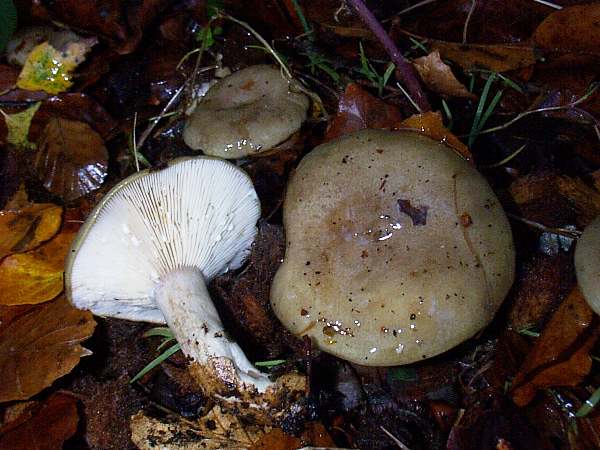
Taxonomic history
The Beech Milkcap was described in 1815 by the great Swedish mycologist Elias Magnus Fries, who gave it the binomial scientific name Agaricus blennius. (Most of the gilled mushrooms were included placed in the genus Agaricus, but the great majority of them have since been redistributed across several newer genera leaving just the 'true mushrooms' in a slimmed-down Agaricus genus.)
It was also Fries who, in 1838, transferred this woodland mushroom species to its present genus, thereby establishing its name as Lactarius blennius, which is still its generally-accepted scientific name today.
Synonyms of Lactarius blennius include Galorrheus blennius (Fr.) Fr., Lactifluus blennius (Fr.) Kuntze, Agaricus viridis Schrad., and Lactarius viridis (Schrad.) Quel.
Etymology
The generic name Lactarius means producing milk (lactating) - a reference to the milky latex that is exuded from the gills of milkcap fungi when they are cut or torn. The specific epithet blennius comes from the Latin blennius, which means slimy. (Another of the common names for this species is the Slimy Milkcap.)
Identification guide
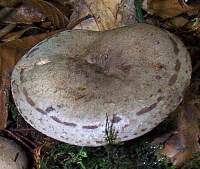 |
CapDrab greenish-grey or olive-grey, sometimes with a pinkish tinge as see on the left, with rings of darker watery depressed blotches, the caps of Lactarius blennius are convex, developing a slight central depression; 4 to 9cm across. The slimy nature of the caps during wet weather is less evident in the specimen shown on the left, which was photographed during a dry spell. |
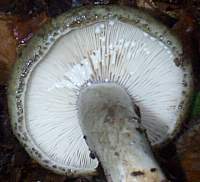 |
GillsWhite, gradually becoming cream, turning grey-buff when cut, the gills of the Beech Milkcap are adnate or slightly decurrent; crowded. When damaged the gills release abundant white latex that dries grey. |
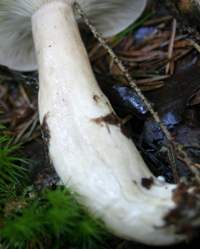 |
StemPale grey, cylindrical or tapering slightly towards base, stems of the Beech Milkcap are 3 to 7cm long, 0.9 to 2cm in diameter. As with other milkcap fungi, there is no stem ring. |
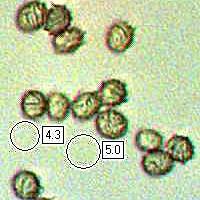 |
SporesBroadly ellipsoidal, 6.5-8 x 5.5-7µm; ornamented with low warts joined by ridges and with a small number of cross connections. Show larger imageSpore printCream. |
Odour/taste |
No significant odour; taste bitter and hot. |
Habitat & Ecological role |
Nearly always under beech trees, with which it is mycorrhizal, Lactarius blennius is very occasionally found also with oaks. |
Season |
August to November in Britain and Ireland, but several weeks later in southern Europe. |
Similar species |
Lactarius turpis, the Ugly Milkcap, is darker and develops sepia tinged areas on its gills. |
Culinary Notes
Unfortunately, although easily gathered in quantity and also reportedly by some authorities to be edible, even when cooked well this is no more than a mildly mediocre mushroom. Note that there are also several experts who - Class the Beech Milkcap as inedible or suspect. So why take a chance? After all, there are plenty of much finer edible woodland fungi.
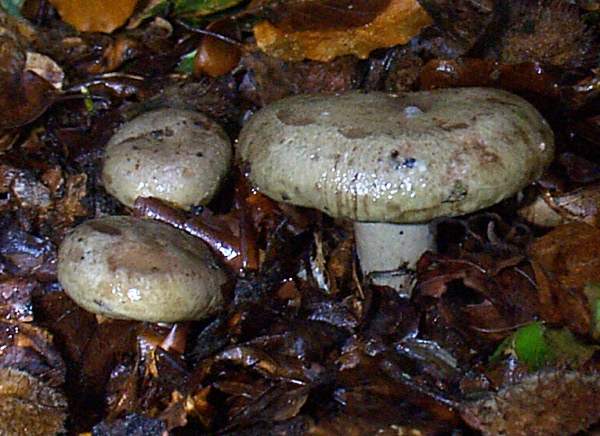
Reference Sources
Pat O'Reilly (2016). Fascinated by Fungi, First Nature Publishing
Jacob Heilmann-Clausen, Annemieke Verbeken, & Jan Vesterholt (1998). The Genus Lactarius (Fungi of Northern Europe—Vol. 2) The Danish Mycological Society.
Funga Nordica, Henning Knudsen and Jan Vesterholt, 2008.
Fungi of Switzerland, volume 6: Russulaceae, Kränzlin, F.
BMS List of English Names for Fungi.
Paul M. Kirk, Paul F. Cannon, David W. Minter and J. A. Stalpers. (2008). Dictionary of the Fungi; CABI.
Taxonomic history and synonym information on these pages is drawn from many sources but in particular from the British Mycological Society's GB Checklist of Fungi.
Fascinated by Fungi. Back by popular demand, Pat O'Reilly's best-selling 450-page hardback book is available now. The latest second edition was republished with a sparkling new cover design in September 2022 by Coch-y-Bonddu Books. Full details and copies are available from the publisher's online bookshop...
